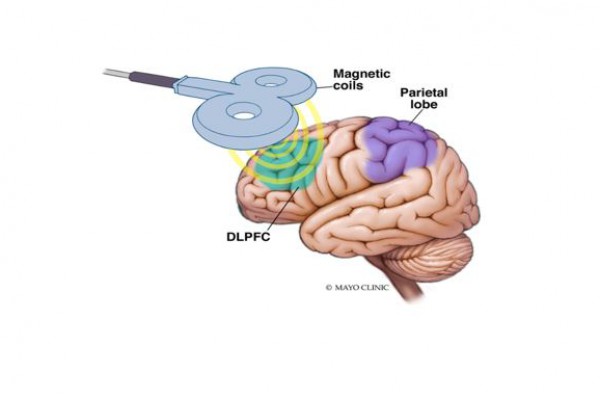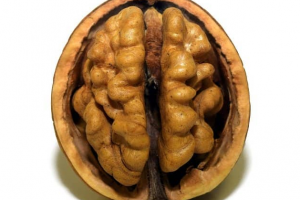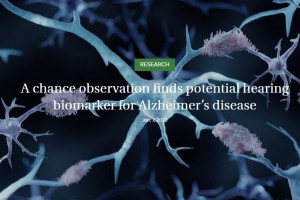Stimulation of the left dorsolateral prefrontal cortex with slow rTMS enhances verbal memory formation
Encoding of episodic memories relies on stimulus-specific information processing and involves the left prefrontal cortex. We here present an incidental finding from a simultaneous EEG-TMS experiment as well as a replication of this unexpected effect.
Our results reveal that stimulating the left dorsolateral prefrontal cortex (DLPFC) with slow repetitive transcranial magnetic stimulation (rTMS) leads to enhanced word memory performance.
A total of 40 healthy human participants engaged in a list learning paradigm. Half of the participants (N = 20) received 1 Hz rTMS to the left DLPFC, while the other half (N = 20) received 1 Hz rTMS to the vertex and served as a control group. Participants receiving left DLPFC stimulation demonstrated enhanced memory performance compared to the control group.
This effect was replicated in a within-subjects experiment where 24 participants received 1 Hz rTMS to the left DLPFC and vertex. In this second experiment, DLPFC stimulation also induced better memory performance compared to vertex stimulation. In addition to these behavioural effects, we found that 1 Hz rTMS to DLPFC induced stronger beta power modulation in posterior areas, a state that is known to be beneficial for memory encoding. Further analysis indicated that beta modulations did not have an oscillatory origin. Instead, the observed beta modulations were a result of a spectral tilt, suggesting inhibition of these parietal regions.
These results show that applying 1 Hz rTMS to DLPFC, an area involved in episodic memory formation, improves memory performance via modulating neural activity in parietal regions.





Related Posts